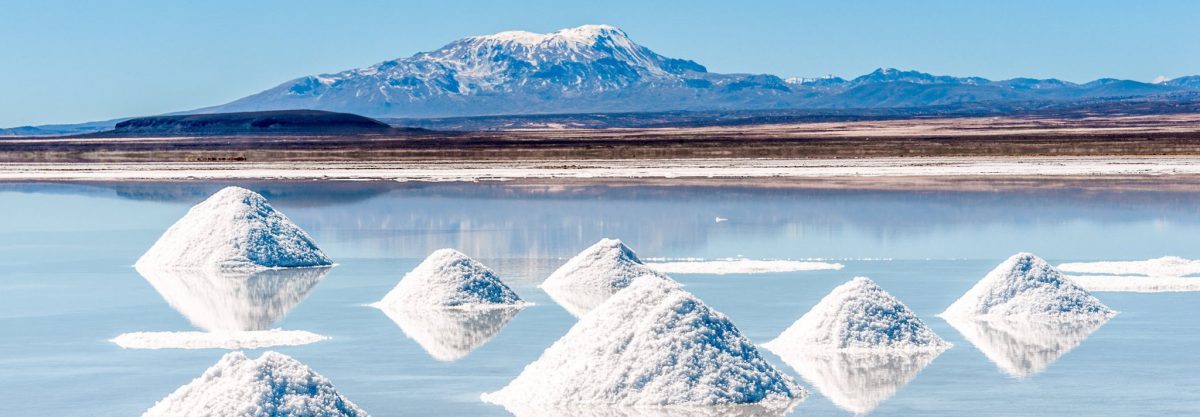Check out this page. It’s gorgeous, and friendly, and very positively minded. There’s also a very pointed lack of detail relating to political situations of the area.
Still, it’s a wind farm. There shouldn’t be a way for that to go terribly wrong. Alas, humans are bad and awful to each other and also aren’t the best at improving – let’s take a look under the hood.
Tafarya – location of that wind farm – is located just north of the northern border of Western Sahara. We’re not in Morocco, so I’m going to use the words “Western Sahara” to refer to the bit of land that wants to be known as Western Sahara (for future ref: the people whose land is being occupied is the Sahrawi people), which has been militarily occupied by Morocco since something dumb like 1975. The literal Environment Minister of Morocco is quoted here effectively saying Western Sahara? I don’t know her – do you mean SOUTHERN PORTION OF MOROCCO ALSO I CAN’T HEAR YOU ANYMORE. People straight up get mad at you in Morocco if you say the words “western” and “Sahara” together. It’s frankly disturbing.
That second quoted article, by the way, is an extensive report from the Guardian about this wind farm and its surrounding controversy. The bare-bones version: Morocco + “western” investors – here that’s Siemens, the company from the first link – are installing incredibly productive wind farms encroaching into Western Sahara, then taking that energy and selling it to lots of people. This includes selling it back to the Sahrawi, the people of the land where the wind farms are. Are the Sahrawi okay with this? Like hell. This opinion is, I found, best summarized with this quote from an email from Ali Salem Tamek, the vice-president of Codesa, a Sahrawi human rights collective, to the Guardian: “It is amazing to have green energy. It is our responsibility as human beings to protect the world we live in, but if you occupy your neighbours’ yard to produce that green energy – and sell it to them at the end – believe me, your neighbours will not be happy about it.”
To make this even sketchier? Try this on for size. In summary: phosphate is a nonrenewable resource but is Very Heavily used for agricultural purposes, the world ’round. Plant fertilizers need both nitrogen (that’s fine, we figured out nitrogen-fixing into nitrates) and phosphates. The second one is less fine: “a Haber-like technique for creating phosphate will never exist: There is a fixed amount in the Earth, it’s stuck in the ground, and the only way to get it is to mine it.” Morocco currently controls literally-no-one-knows how much of the world’s phosphate mines, because there’s a huge deposit in Western Sahara, and as agricultural needs rise (as they’re predicted to in sub-Saharan Africa) the demand for phosphate is projected to also increase drastically. (The reason I say “literally-no-one-knows how much” is that Morocco sort of doesn’t release data, when it doesn’t want to.)
That last bit is relevant because – and here’s the kicker – phosphate mining is incredibly profitable, and lots of the energy taken from the wind farms goes back into mining. Which, yes, is exceedingly bad for the earth.
Idle comments at the end: Morocco is ranked 131st out of 180 for freedom of press. At one point Ban Ki-Moon (dude in charge of the UN) called Moroccan presence in Western Sahara an occupation, and UN people were promptly kicked out of Morocco. An independent Western Sahara would make its own choices about pricing for phosphates and energy from wind, which isn’t a good business choice for Morocco. Farmers still do rely on nitrogen and phosphate fertilizers, across the globe.
clean energy is good and food is also good and people are complicated it’s really sad

Very interesting links and materials here Yiran.
There are many (sometimes conflictive) aspects on the relationship between mining and renewables. Here I’m copying a link to an article just published a couple of months ago on the links between mining and the so called ‘green energy revolution’ in Minessota. The article focuses on issues of social justice and socio-political conflict https://www.sciencedirect.com/science/article/pii/S2214629617303663#bib0005
The rest of the articles in that issue are also highly recomended.
LikeLike
While I do believe that there can be a social issue of if these farms are in my back yard, shouldn’t I get the energy for free? But the question is who invested in this wind farm and furthermore, who is keeping the renewable energy credits? Is it the people of that area or investors in the US? This then brings another issue which is carbon accounting, these people may believe that they are receiving green energy, but unless they own the RECs they are actually buying brown power and maybe not aware of this.
In any case, the issue is hard because everything is connected. Ultimately it will take the bigger players who buy this fertilizer material to stop buying it. If we can lower the demand for these fertilizers we can help manage what this electricity goes to.
Its scary how intertwined all of these issues are, and how hard it is to draw the line on how much of the problem you want to solve, when you’d like to solve it all but that is just not possible all at once.
LikeLike